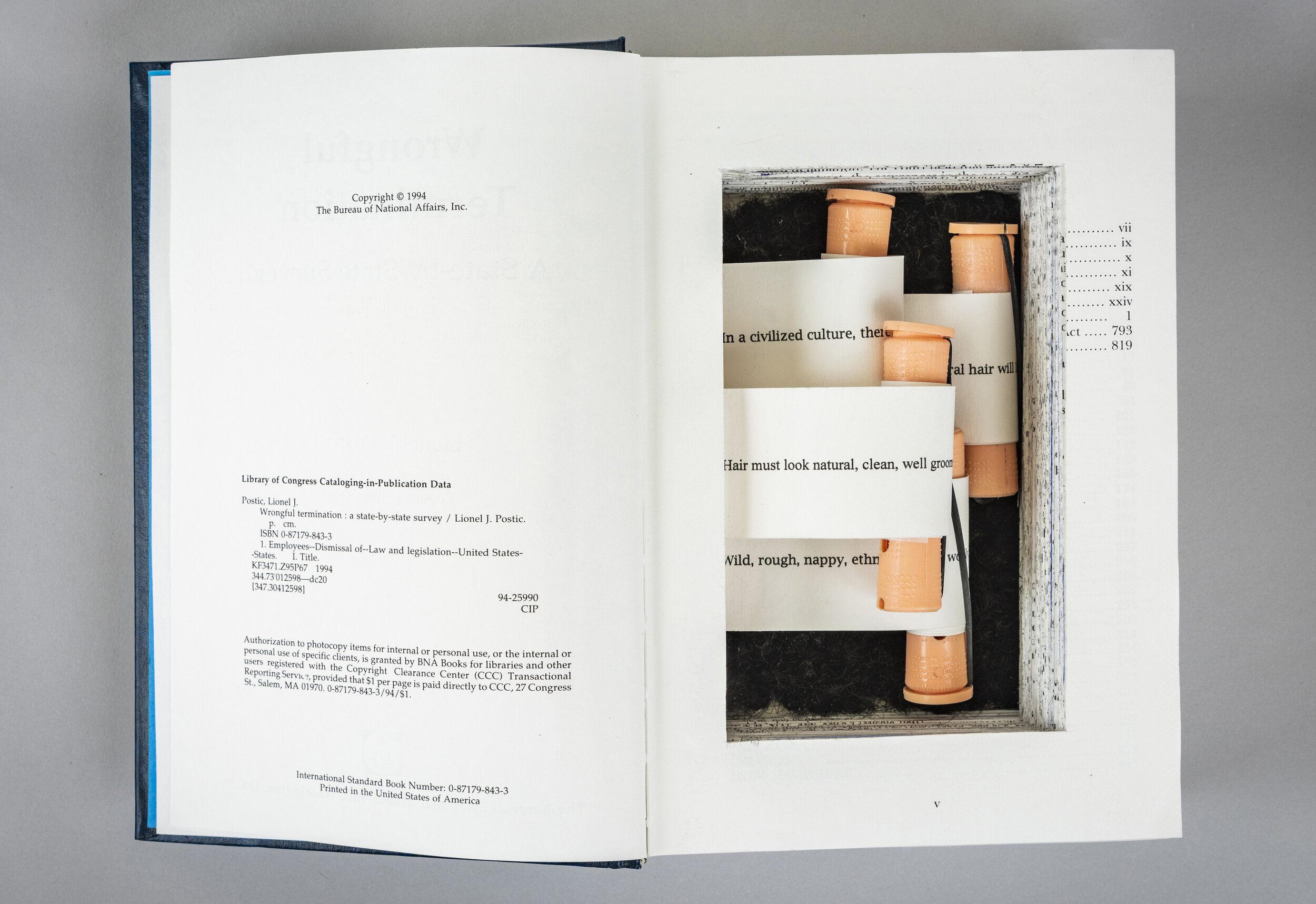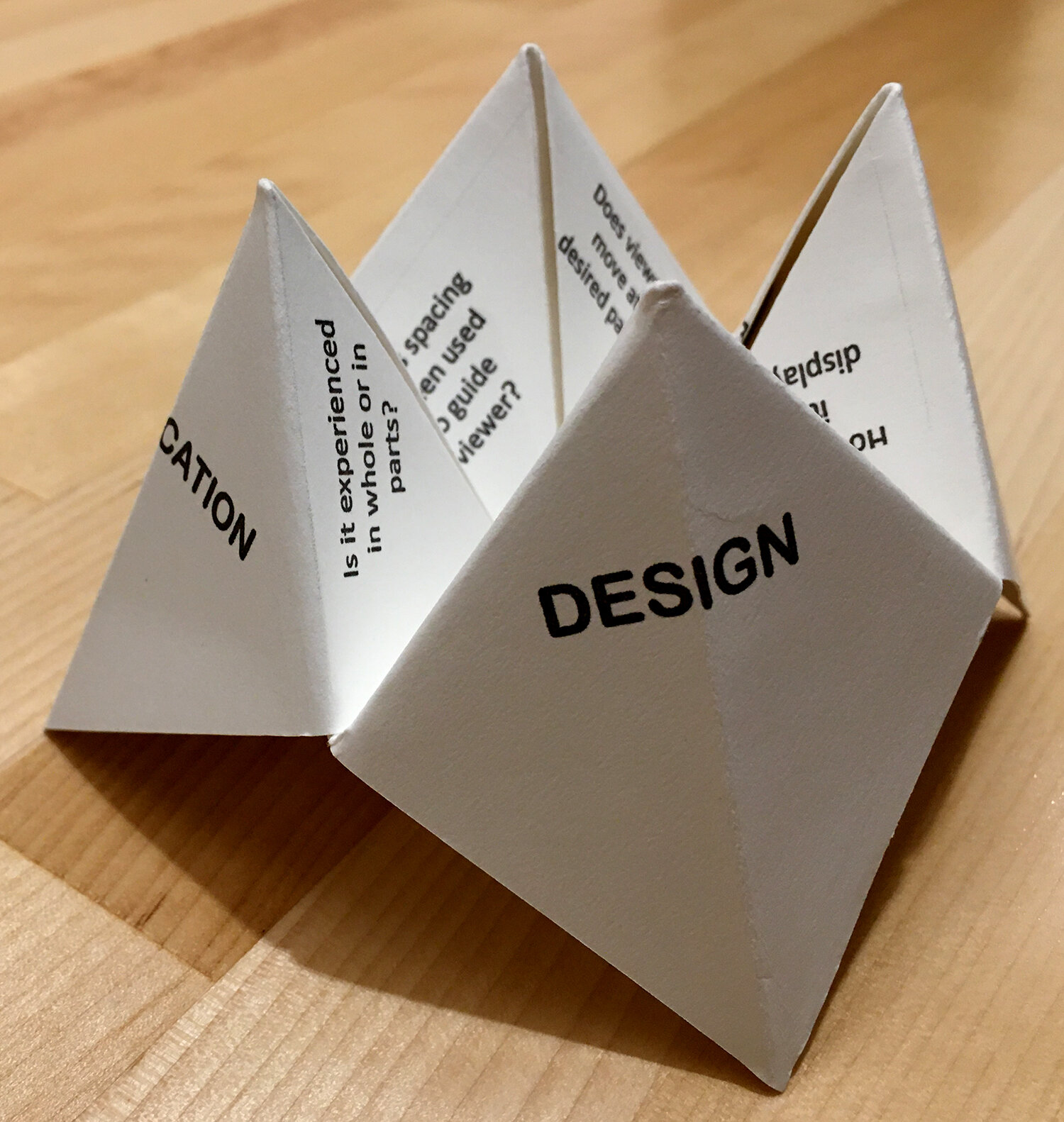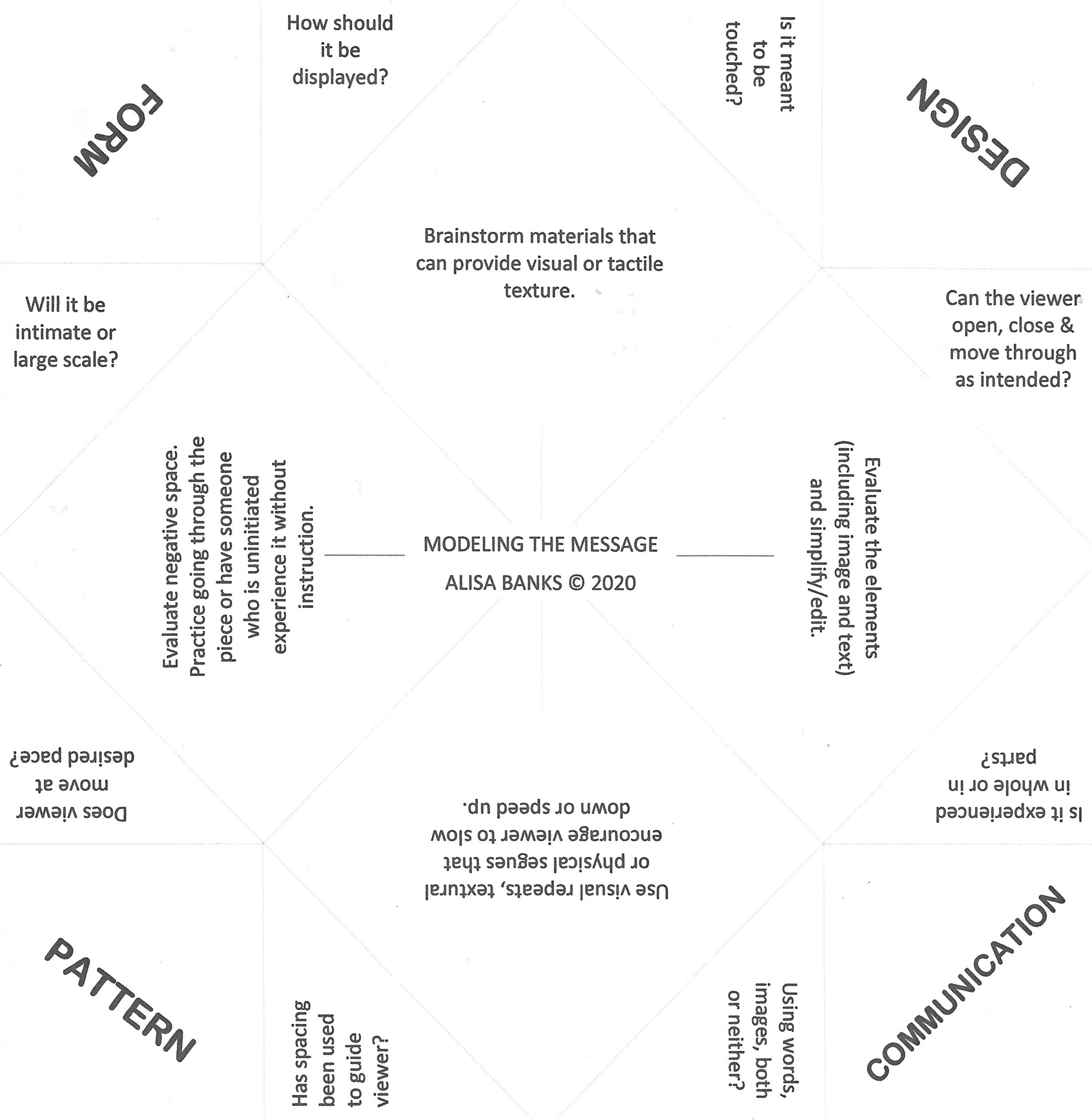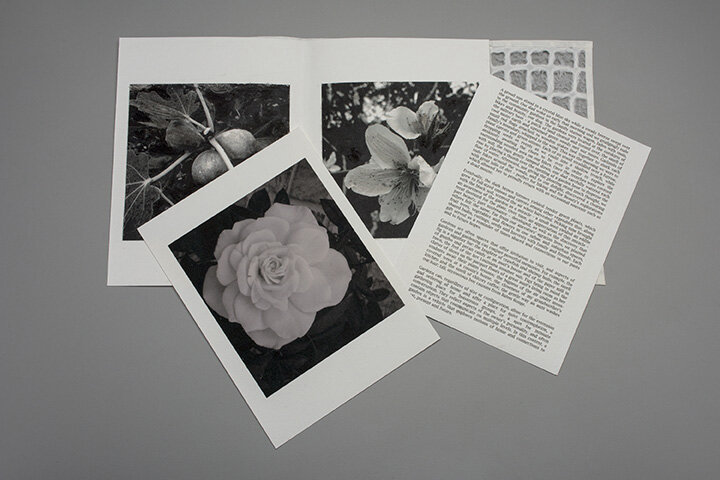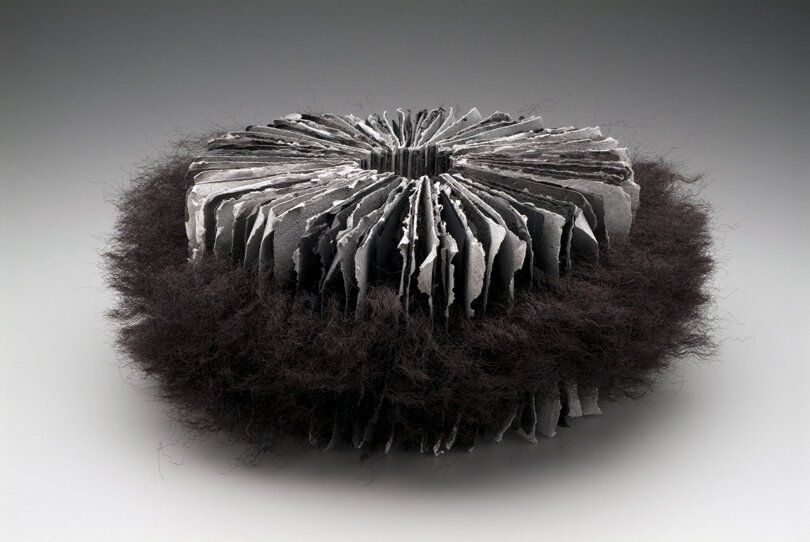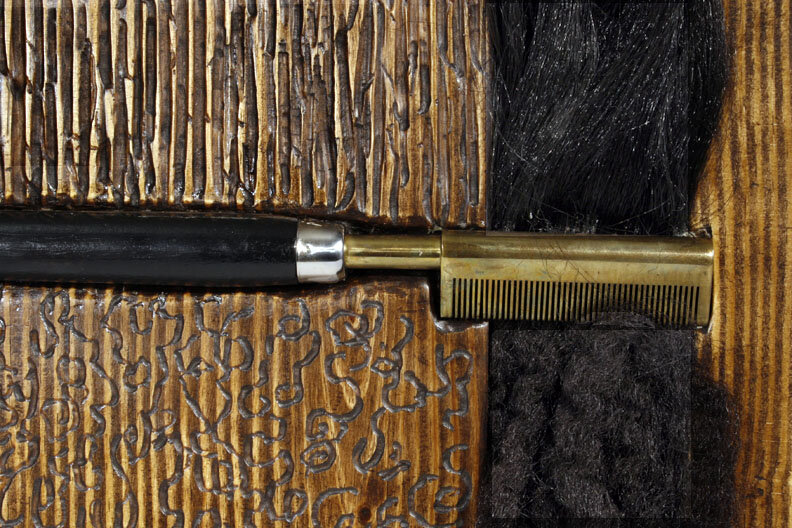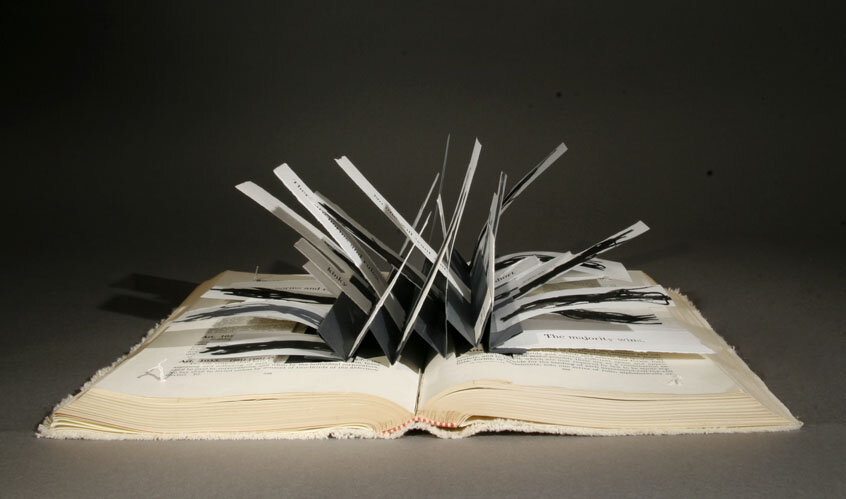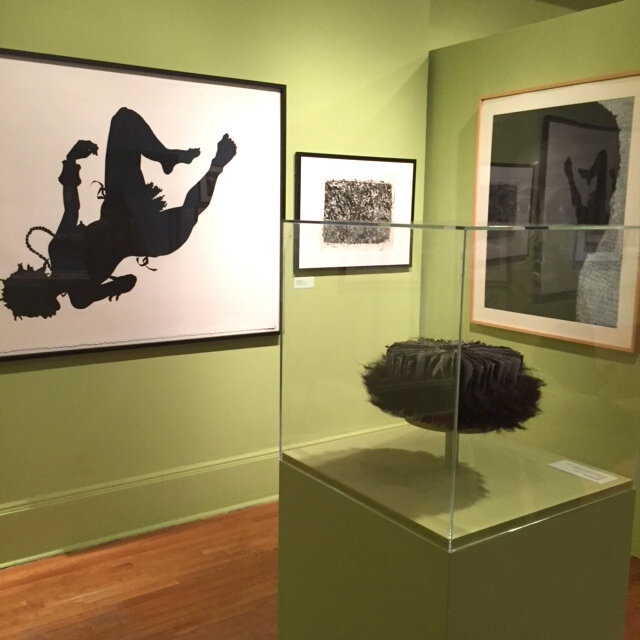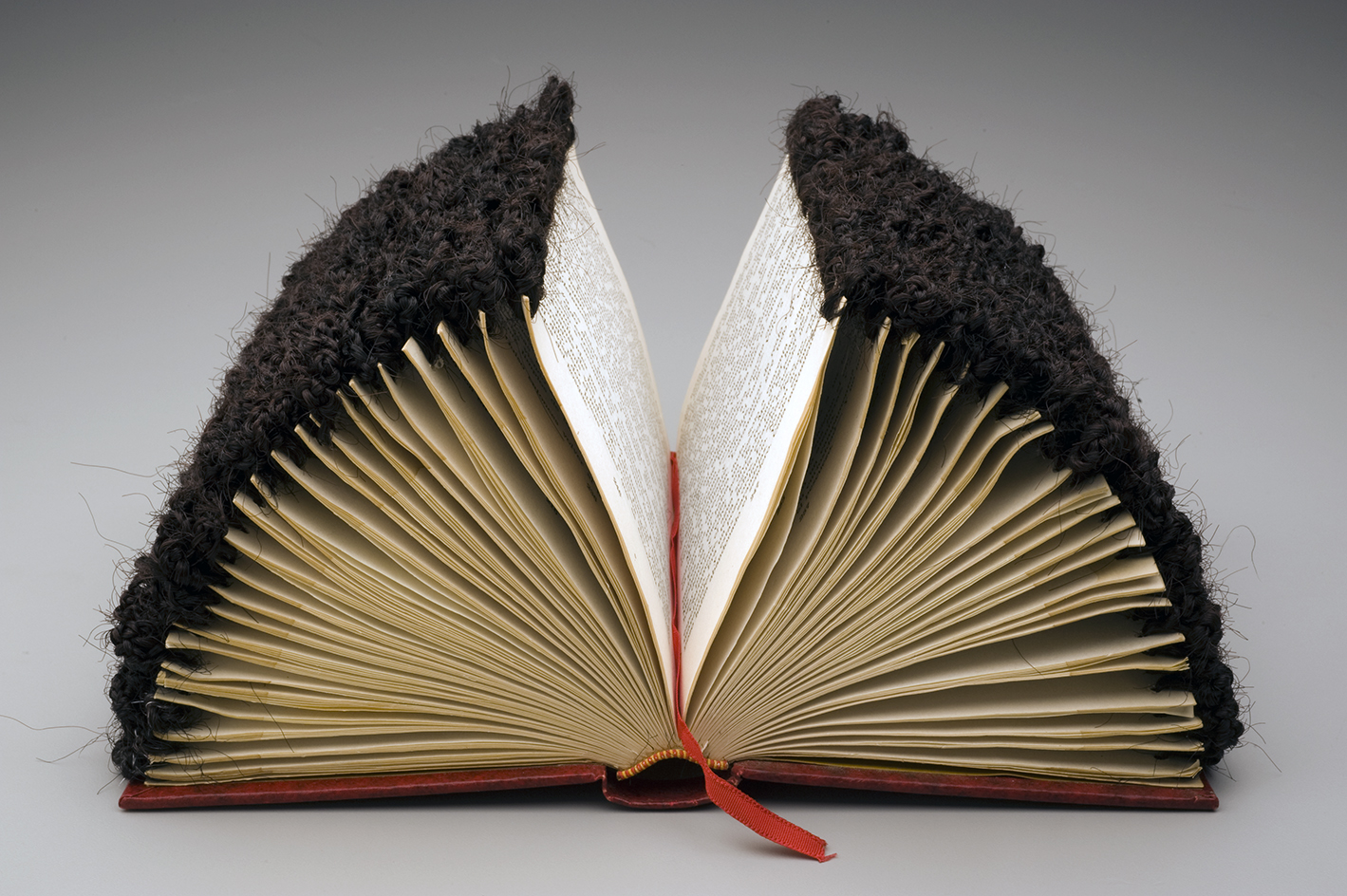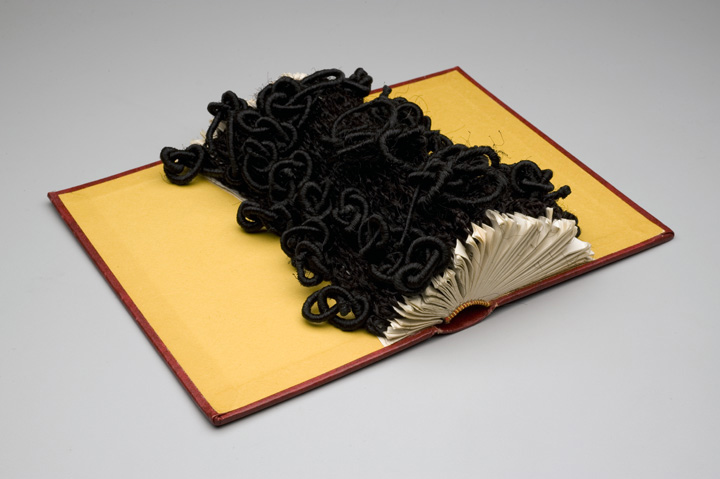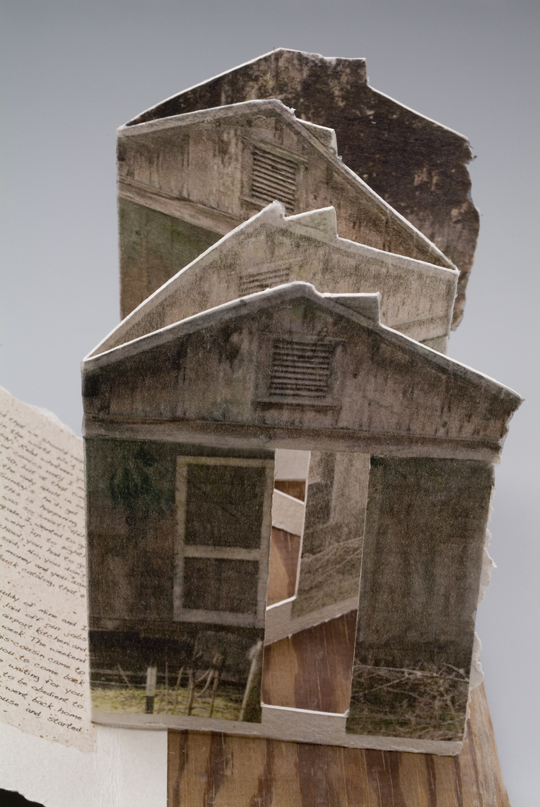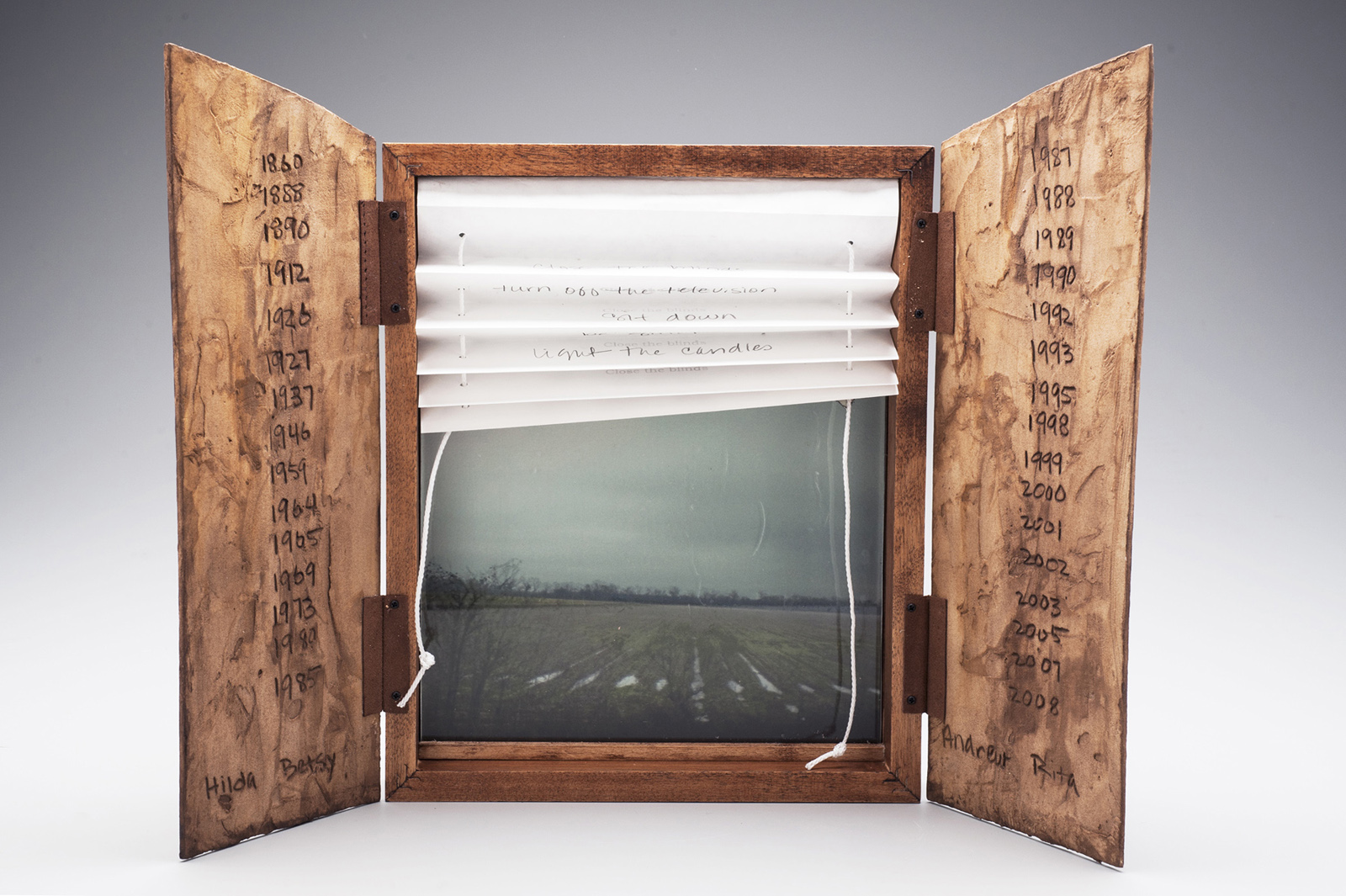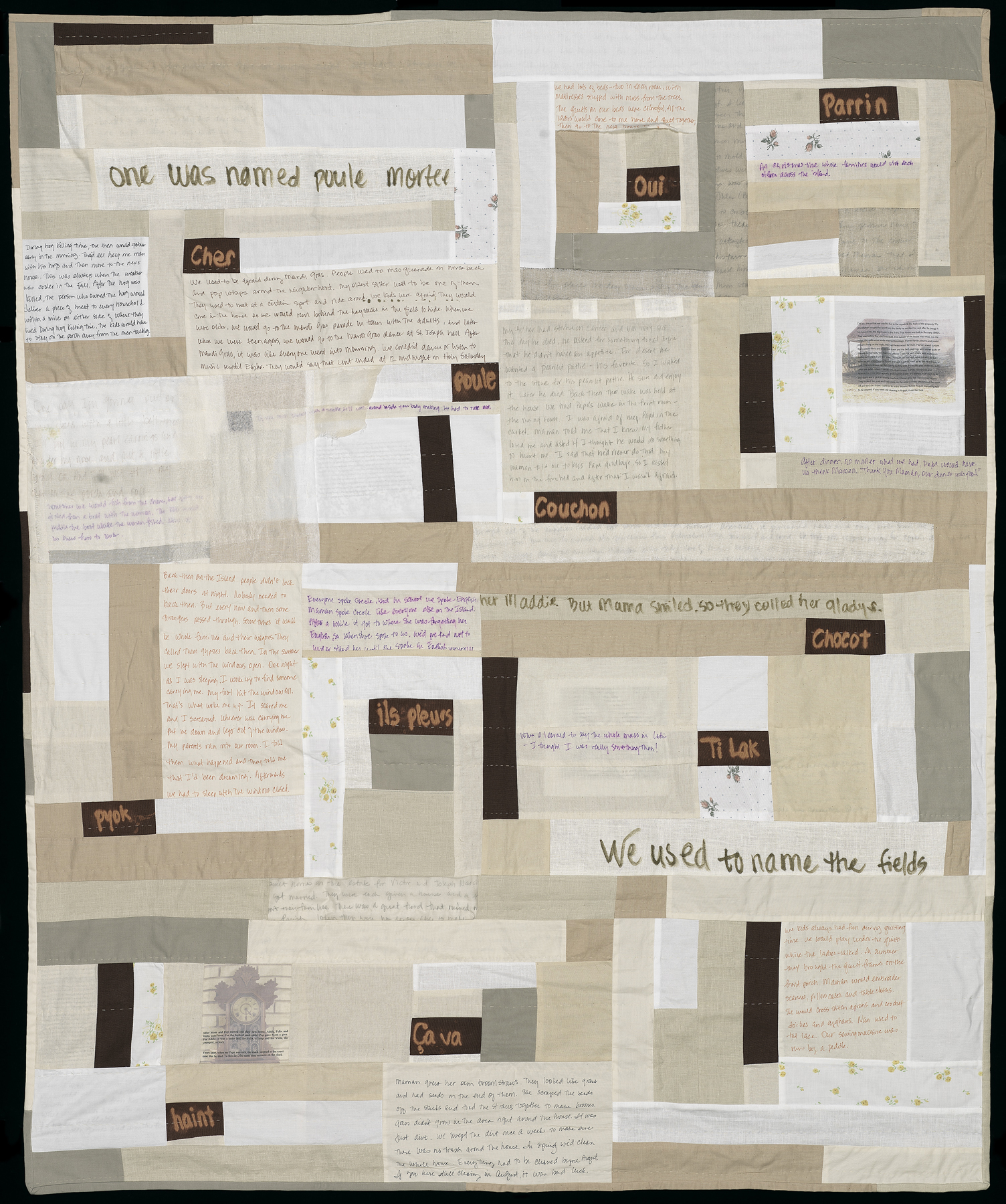The Special Collections libraries at Louisiana State University houses over 120,000 books covering a range of topics outlined on their website including (but not limited to) books related to: chess, crayfish taxonomy and culture, oral history, comic books, and natural history. The library also has collections on the topic of free people of color and if you are a public radio listener from a while back, the Andrei Codrescu and Outsider Literature collection, which includes his personal papers.
The collections are free and open to the public. There is a very thorough posting of what to expect during your visit to Hill and a helpful FAQ section on the site. Drop-in’s are welcome, but visitors are advised to make an appointment if there’s a chance that specific items are stored off-site. Advance notice is important to allow sufficient time for retrieval.
I entered “artist book” into the search feature and it pulled up 681 offerings. My search was general and some of the citations listed were books about artist books, so this number does not reflect their entire collection. I entered my name and pulled up the three books that are in their collection: Island Girl, Poule Aye, and Storm Sequence. (yay!) Very good descriptions are provided, but no images were available.
Naturally, I am excited to have work in the Special Collections at Hill Memorial Library as much of my work addresses southern Louisiana culture and LSU is smack in the middle of southern Louisiana. If you find yourself in Baton Rouge, consider visiting the Hill library at LSU. Be sure to block out a bit of time for your visit.



